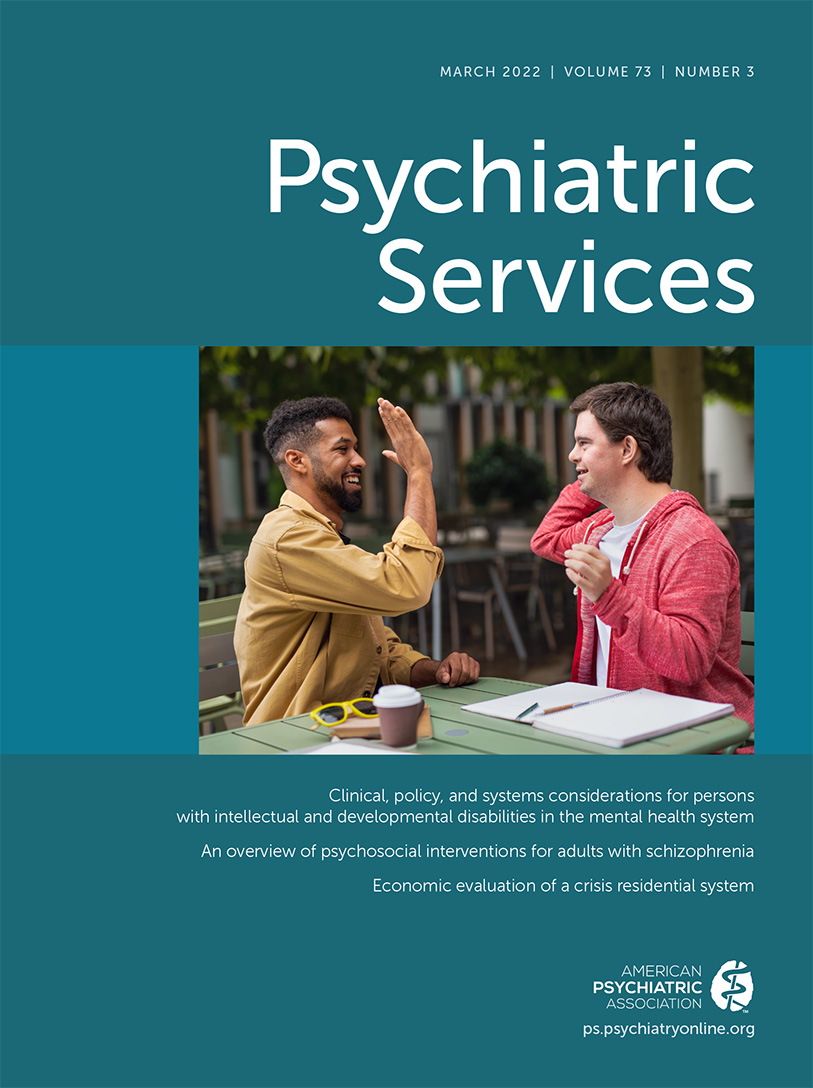Sustainment of Integrated Care in Addiction Treatment Settings: Primary Outcomes From a Cluster-Randomized Controlled Trial
Abstract
Objective:
Integrated treatment services are the gold standard for addressing co-occurring mental and substance use disorders, yet they are not readily available. The Network for the Improvement of Addiction Treatment (NIATx) was hypothesized to be an effective strategy to implement and sustain integrated mental health and substance use care in addiction treatment programs. This study examined sustainment of integrated services for up to 2 years after the active implementation phase.
Methods:
The effectiveness of NIATx strategies to implement and sustain integrated services was evaluated by using a cluster-randomized, waitlist control group design. Forty-nine addiction treatment organizations were randomly assigned to either NIATx1 (active implementation strategy) or NIATx2 (waitlist control). The Dual Diagnosis Capability in Addiction Treatment Index was used to evaluate organizations’ capability to provide integrated care. The NIATx Stages of Implementation Completion scale was used to assess participation in and adherence to the NIATx implementation process. Linear mixed-effects modeling was used to evaluate changes from baseline to end of the sustainment period.
Results:
Both cohorts sustained their capability to provide integrated treatment services. Both groups achieved successful implementation and sustained integrated services to a similar degree, regardless of sustainment year. Sustainment did not vary as a function of NIATx adherence.
Conclusions:
The delivery of integrated treatment services was sustained for 2 years after receipt of active implementation support. Future research should consider how contextual factors may predict, mediate, and moderate sustainment outcomes.



